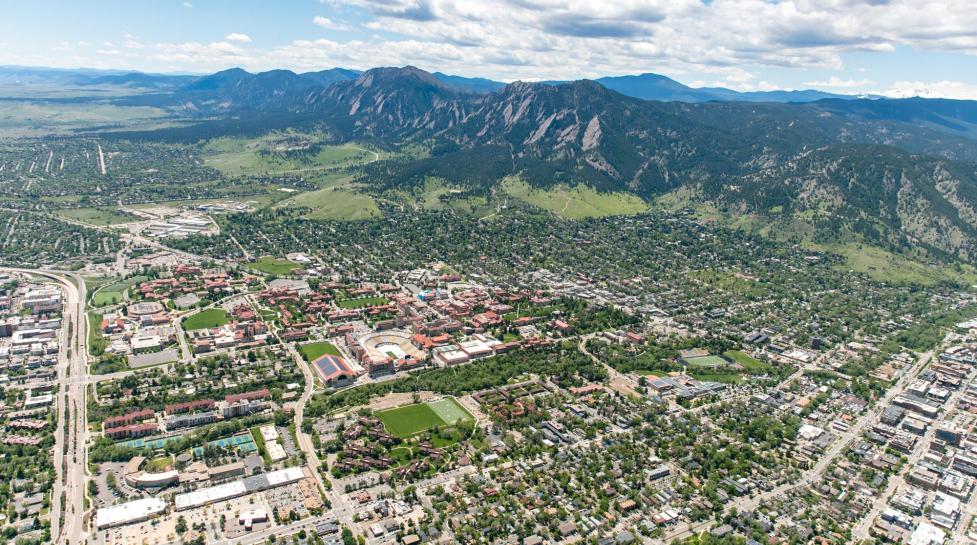Local transportation improves with growing gaps identified regionally
The City of Boulder has published findings from the latest Boulder Valley Employee Survey. Since the first survey in 1991, the statistically valid survey has tracked trends in employee travel behavior to help evaluate progress toward city goals. Key 2022 findings suggest that the city is back on track to meet its transportation goals locally, with continued challenges in regional transportation:
— The COVID-19 pandemic is still impacting travel behavior. Fewer employees use transit now than before COVID. Transit service level cuts related to COVID have not been restored to levels before the pandemic and employer participation in the RTD EcoPass program declined significantly during the pandemic.
— Work from home continues at high rates. 11% of reported commutes on the survey day were avoided due to teleworking. In total, 61% of respondents telework at least some of the time, a major increase since the last survey in 2017.
— More jobs in Boulder are held by non-resident employees than resident employees, and both groups continue to travel differently. Non-resident employees primarily use single-occupancy vehicles to get to their jobs in Boulder. However, resident employees have better access to multimodal options and take more multimodal trips to get to work. There is also a growing gap between the average commute distance for non-resident and resident employees, with non-resident employees currently commuting over 18 miles on average.
Survey results help inform policies, practices and planning toward city goals, which include lowering greenhouse gas emissions and increasing walking, biking and transit trips. 2022 findings support continued regional partnerships to restore transit service and improve multimodal options. The city also aims to continue focusing on improvements to Boulder’s Core Arterial Network (CAN) — a connected system of protected bicycle lanes, intersection enhancements, pedestrian facilities, and transit facility upgrades that will help reduce the potential for severe crashes and make travel more comfortable and convenient for all.
